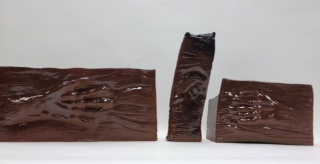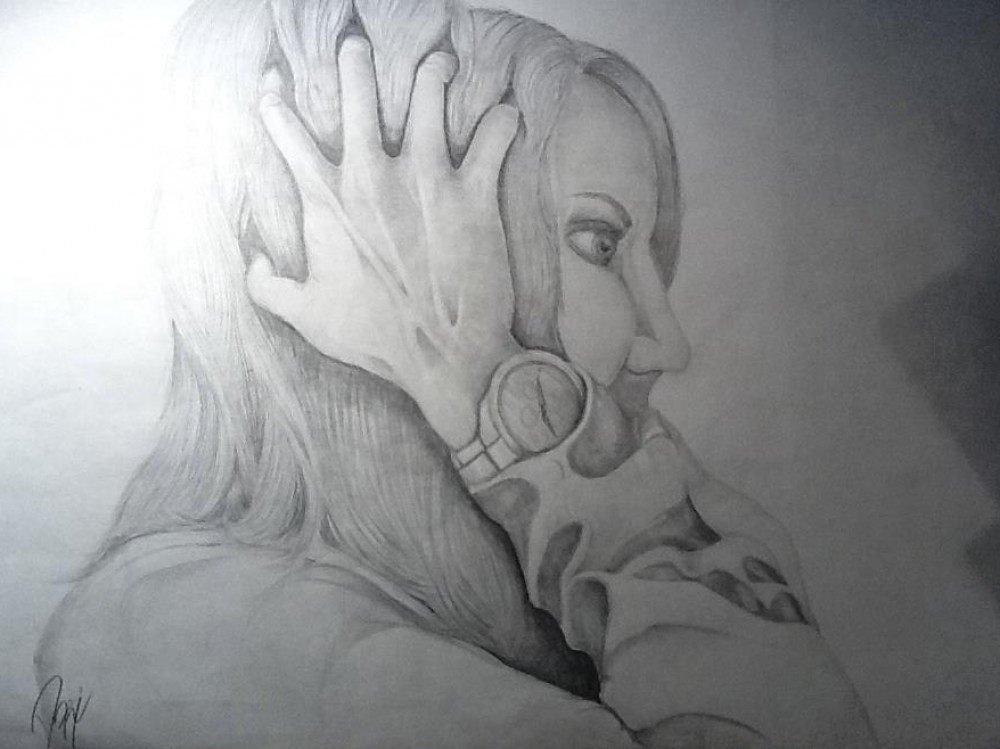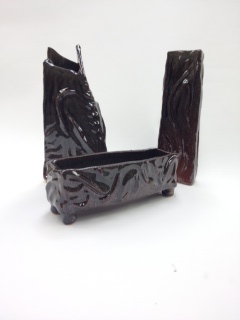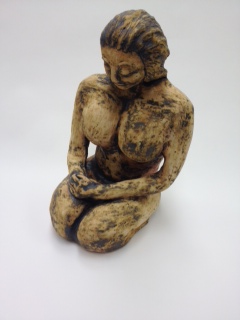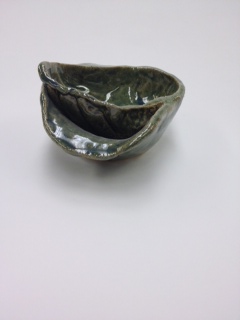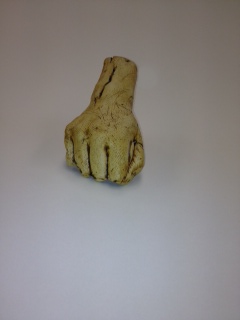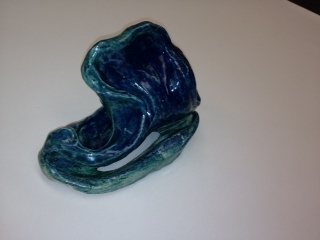Three Artists I have chosen that have inspired me include:
MSLK, a graphic design firm http://mslk.com/
Steve Bradley, uses trash he picks up to create installations http://userpages.umbc.edu/~sbradley/projects/index.html
Aurora Robson uses recycled plastic bottles http://aurorarobson.com/main.html
Article Bibliography:
http://sierraclub.typepad.com/greenlife/2009/06/plastic-bottle-ecoart-.html
http://inhabitat.com/aurora-robsons-ethereal-plastic-art-uses-up-to-20000-recycled-bottles/
So which comes first…I really didn’t know. After thought and consideration, the space had to come first before the artwork. The space had to be just right, and not many thoughts came to mind. Since my artwork is going to stir up thoughts of pollution and recycling, due to the fact that I’m using all the bottles and cans I’ve consumed over the past month, I thought of an area that I knew would be beautiful if it was less polluted. When I first came to this area, I thought how peaceful and pretty! Who knew? Then that’s when I immediately thought it would be even more beautiful without the washed up bottles and trash. So why not add more trash to it? Awesome, that’s what I did. Although, I wanted to make this trash look somewhat presentable…this isn’t an easy process. I have never been real passionate about recycling or pollution and didn’t necessarily want this project to become all about that, but that was the route it went so I just went with it. The space itself can provide an explanation of the project just by the already polluted space.
I chose to expand the 48 hours project to one month, to see how much liquid I actually consume, I only saved bottles and cans…and may have left out a few here and there so it’s a rough estimate of how many gallons I drank in a month. So now I have all these bags of bottles and cans laying around…now what. Hot glue! Make a mound…no…make flowers…no…melt them. I thought that if I was going to bring up recycling, why not melt the bottles down, that’ll create something interesting.
When looking at this project, I want it to be the viewer’s own interpretation…whether it is viewing all the empty bottles and cans as a need to recycle or trash, or do they view it as American consumerism?
Timeline:
April 15th I began saving my bottles, and decided I would save all my bottles until May 15th. Monday May 6th, I counted all the bottles and cans I had saved. At the end of the day I had 14 pop cans, 10 tea bottles, and 44 water bottles. I began to play with melting the bottles down to see what they would do. Wednesday May 8th, I went to my site and took pictures and thought of what I was going to do from then on, that’s when I began gluing the bottles together. Throughout the week I melted more bottles and added them to my project. The more bottles I accumulated, I just glued them all together forming interesting shapes until the end of the 14th. Once I finished making all the pieces out of my used melted bottles and crinkled cans, I counted each one. The water bottle formation took about 19 bottles to make and the cans took about 15. The tea bottles were a little harder to make formations out of, so I just glued them together for a total of 15 bottles of tea. At the end of the month period, I had accumulated 15 bottles of tea, 76 bottles of water, 25 cans of diet pepsi, and 3 cans of an 8oz beverage, bringing my total to 1817.5oz or about 227 cups. This makes a total of about 14 gallons of liquid that consumed in one month. Now this is a rough estimate, due to the fact that I only saved the bottles and cans that I bought in bulk, 12 pack of pop, 35 pack of water… this doesn’t include drinks from a restaurant or out of a glass by any means. There were 119 bottles and cans combined.
Conclusion…
So in a month, I was throwing away 119 bottles and cans that could clearly be recycled or used for something else, like an installation? I was generally taking my personal trash out about once a week due to all of the bottles and cans I was throwing away. For the month, I took my trash out once. This brings up a valid point that we can cut our nations waste down by simply recycling…which I have never done. Plastics are often recycled to make items such as clothes, carpet, containers, bottles, plastic lumber, films, grocery bags, molding materials, and lawn and garden products, to name a few. How much of our solid waste is plastic? The Environmental Protection Agency reports plastic made up 12% of the 254 million tons of waste generated in 2007. That’s more than 30 million tons of plastic in one year. For every 1 ton of plastic that’s recycled, reports estimate that 7 yards of landfill space is saved.
Goals…
• Create something questionable using a month supply of empty bottles
• Find a location that brings up many questions and thoughts
Should we recycle? How much do we really consume?
• Make it a “viewers interpretation”
- Ask the question, is this trash…or artwork?
To be Assessed…
Were the goals accomplished? How?
What do you think of when looking at the artwork in the space?
How do you measure the success? Was it with the statistics,
or was it with the structures built in the space?
